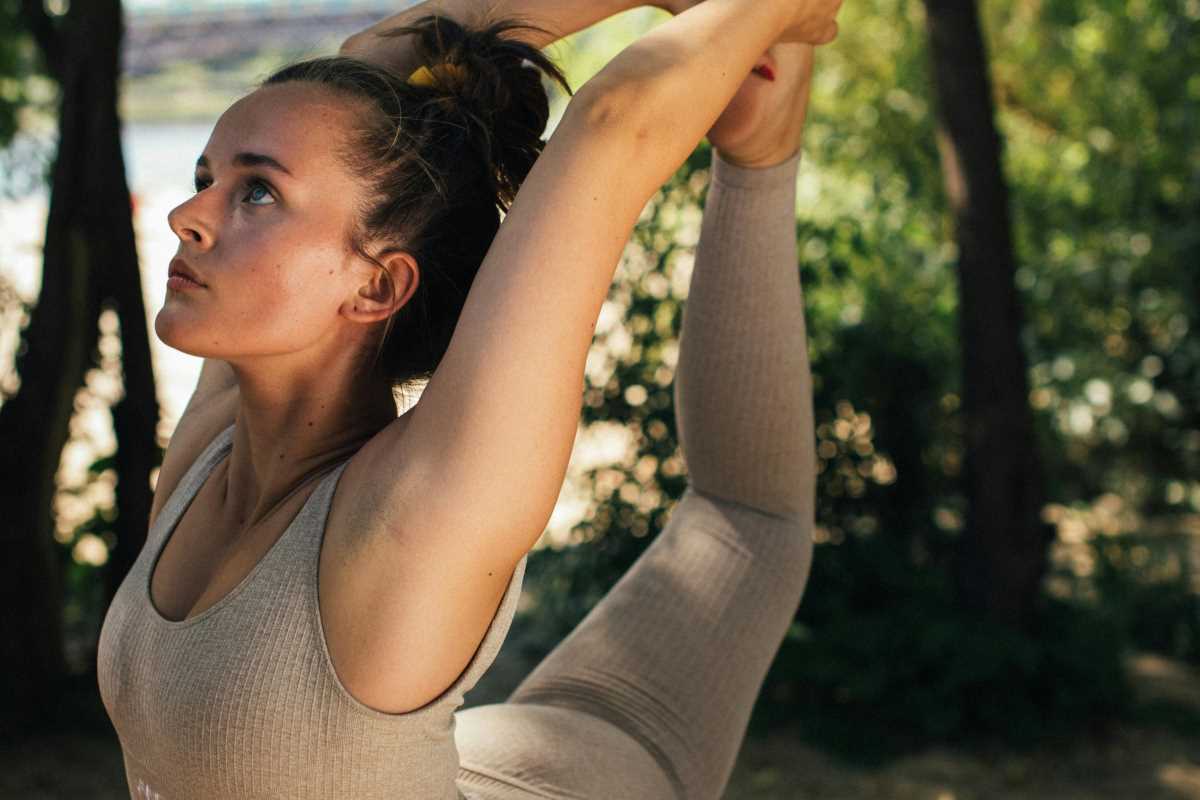Some days, life feels like too much. Deadlines, endless notifications, and the noise of daily life can send your stress levels through the roof. But here's the good news: you don’t need an hour of yoga or a weekend retreat to reset. Just 10 minutes of intentional focus can create a profound sense of calm and control. By dedicating a small slice of your day to a ritual tailored to your needs, you can reclaim clarity even on the most chaotic days.
Here’s a step-by-step guide to creating a personalized 10-minute ritual that will leave you feeling centered, grounded, and ready to tackle whatever comes your way.
1. Find a Quiet Space (1 Minute)
The first step is carving out a physical and mental space for your ritual. You don’t need a fancy meditation room or a completely silent environment; any corner that feels comfortable and distraction-free will work.
- Turn off distractions: Silence notifications, step away from your work desk, and inform those around you that you need a few minutes of uninterrupted time.
- Set the mood: Dim the lights, light a candle, or use a calming essential oil like lavender or eucalyptus. These small touches can help you quickly transition into a more peaceful state.
This single minute of preparation sets the tone for the ritual, signaling to your brain that it’s time to pause and focus inward.
2. Practice Deep Breathing (2 Minutes)
Breathing is one of the most powerful tools to calm both the mind and body. Even a few focused breaths can lower your heart rate, reduce stress hormones, and help you feel more present.
Try this simple breathing exercise:
- Sit comfortably with your feet flat on the floor and your hands resting on your lap.
- Close your eyes, if possible, and inhale deeply through your nose for a count of 4.
- Hold your breath for a count of 4.
- Exhale slowly through your mouth for a count of 6.
- Repeat this for 5–8 cycles.
The extended exhale is key here, activating your parasympathetic nervous system, which promotes relaxation. These two minutes of deep breathing help you shake off initial stress and prepare your mind for the rest of your ritual.
3. Reflect with Gratitude or Journaling (3 Minutes)
Once you’ve calmed your breath, shift your focus to reflection. Taking a moment to journal or practice gratitude can significantly boost your mood and perspective.
Gratitude Practice:
- Think about three things you’re thankful for. These don’t have to be monumental; it could be as simple as enjoying your morning coffee, hearing a loved one’s laugh, or having sunny weather.
- Write them down or say them aloud to yourself. Focus on how these moments made you feel.
Journaling:
- If gratitude doesn’t resonate, try freewriting for three minutes. Jot down whatever flows to your mind, whether it’s worries, things you’re looking forward to, or random thoughts. The goal isn’t perfection, but rather to clear mental clutter.
This reflective practice helps you center on positivity or release distracting thoughts, so you feel lighter and more focused.
4. Move Your Body (2 Minutes)
Stress often manifests physically, leaving your body tense and your mind feeling trapped. A couple of minutes of gentle movement can release tension, improve circulation, and reset your energy.
Here are some simple options:
- Stretch: Stand up and do light stretches, like reaching for the ceiling, touching your toes, or rolling your shoulders. Focus on slow, deliberate movements.
- Neck rolls: Gently roll your head from side to side to relieve neck and shoulder tension.
- Cat-cow stretch (if you’re on the floor): This yoga move is great for loosening the spine. Get on all fours, arch your back as you lift your head (cow pose), and then round your back as you tuck your chin (cat pose).
These movements are quick, low-impact, and require no equipment. They’ll leave you feeling physically relaxed and refreshed.
5. Finish with Mindfulness or Visualization (2 Minutes)
The final step is to ground yourself in the present with mindfulness or visualization. Think of this as the closing act that leaves you fully calm and ready to move forward with your day.
Mindfulness:
- Sit or lie down in a comfortable position.
- Focus on the physical sensations around you, like the weight of your body against the chair or the air on your skin.
- If your mind wanders (which is totally normal), gently bring it back to these sensations.
Visualization:
- Picture a peaceful scene where you feel completely calm, like a serene beach or a lush forest.
- Imagine yourself there. What do you see? What do you hear? Take note of every sensory detail to make it feel vivid and real.
- Hold on to this mental image for the full two minutes.
This step helps you anchor your mind, leaving you with a sense of calm and clarity as you transition back to your day.
Tips for Making It a Daily Habit
A ritual only works if you commit to it regularly. Here’s how to set yourself up for success and make this 10-minute practice a non-negotiable part of your routine:
- Pick a consistent time: Whether it’s first thing in the morning, during a lunch break, or before bed, choose a time that works with your schedule and stick to it.
- Start small: If 10 minutes feels intimidating at first, scale down to 5. The important part is forming the habit; you can expand the time naturally as it becomes routine.
- Set reminders: Use phone alerts, sticky notes, or even a recurring calendar block to remind yourself to pause for your ritual.
- Make it enjoyable: Incorporate elements that you genuinely enjoy, like a favorite scent, cozy blanket, or soothing playlist. This will make you look forward to the practice.
- Be flexible: If life feels too hectic, adapt! Your ritual doesn’t have to be perfect every day. What matters most is showing up, even if it’s just for a few minutes.
Research has shown that small, consistent habits can have a powerful impact on mental health. A daily ritual trains your brain to pause, reflect, and reset, creating a buffer against stress and overwhelm. Over time, this practice can improve your overall emotional resilience, helping you feel more grounded even when life throws challenges your way.
Life will always have its overwhelming moments, but you don’t have to be swept away by their chaos.



.jpeg)



